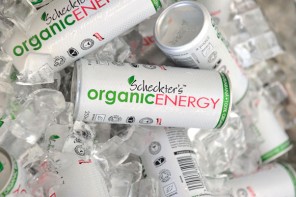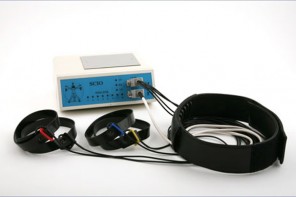Written by: Adrienne Brookbanks
So you have your towel, water bottle, mp3 player with your favourite exercise tunes and about an hour to burn at the gym. You sit down on your first machine and you begin a pumping session. Have you ever noticed the ‘mode/display’ button on the machine? Press this button and flicker through the display to see how many watts your fitness routine is generating. The electricity generated from your exercise bicycle alone might seem insignificant, but think about the wattage total on all the different machinery put together (and keep in mind that these are used constantly anywhere from 8-13 hours per day). What if we could convert this energy into electricity that actually powers the equipment – or the entire gym?
Can it actually work?
Just think about how much electricity it takes to power solely the air conditioners and the lights of your gym? Besides the heating and cooling, there are also televisions, pools, refrigerators and mountains of exercise equipment that feed of the electricity grid. Many companies around the world are offering more sustainable gym equipment solutions – and some gyms are actually feeding electricity back into the grid.
In April this year, BioScholar.com reported on a gym owner in Seattle that was turning his clients’ endless miles on a set of custom-made exercise bikes into clean energy. This energy is then fed back into the building.
“Most users normally generate between 50 and 150 watts while working out which is enough energy, if stored to power a mobile phone for a week. The electricity generated is used to help power the lights, fans, stereo and flat screen TVs in the gym,” said Adam Boesel, owner of the Green Microgym in Alberta.
Reducing carbon emissions
Being able to make use of a renewable power source for gym equipment will save on money and electricity which in turn will reduce the gym’s carbon footprint to make it environmentally responsible. Boesel told the daily mail that his gym’s electricity bill has come down by 60% and that his gym is 85% more energy efficient that other gyms of the same size. In 2009, the gym generated 36% of its own electricity (which amounts to 37,000 Kwh – which in turn equals 74,000 pounds of carbon emissions).
Energy efficient treadmills
Gyms are not only turning sweat from your exercise session into electricity, but many are also purchasing technologically advanced equipment that use less space and are more energy efficient.
One of the latest trends is eco-treadmills – these machines still work on the same principle as normal treadmills, but they are smarter and more energy efficient. More bearings in the works of the running surface ensures a smoother glide which in turn means a smaller motor can be used to power them (more that 50% smaller, which can vastly save on the electricity used to power the machines). Companies are also incorporating new materials for the running surface so that these last longer.
SportsArt, for example, has designed cardio machines that use 32% less energy than traditional machines. This company also offers elliptical trainers that require absolutely no electricity to operate.
The worldwide trend of green gyms
Over 320 exhibitors from all over the globe attended this year’s International Health, Raquet & Sportsclub Association (IHRSA) Convention and many of these exhibitors showcased their innovative eco-products and designs.
Jay Whelan, founder and CEO of Green Revolution Inc, showcased his company’s indoor bicycles that captures the energy produced by these cardio machines and puts it back into the grid. While their innovative electricity converters are currently only used in bikes, they are working on converters for rowers, elliptical trainers, stairmasters and treadmills.
New age sauna facilities that were also showcased at the convention are also changing the way gyms offer steam rooms and saunas to their members. While traditional tiled saunas create the ideal environment for mould, mildew and viruses, the new saunas – which are created with thermoplastics compound – don’t need chemical scrubs to ward off mould and other unwanted bacteria. These new systems are able to clean itself by pumping the room full of enriched oxygen (which naturally kills mould and bacteria). This leaves your sauna clean and gives you some eco-peace-of-mind.
While turning a gym into an eco-friendly facility won’t happen overnight, it’s good to see that so many companies are starting to offer viable alternatives and solutions. Currently, you won’t find a carbon-neutral gym in South Africa – but this may be on the cards in the near future!
The liveeco team










